Case TR270, TR310, TV370 Track Loader Service Manual (Tier 4B)
$38.00
Manual Included:
• Service Manual:
2120 pages & 2205 pages (Publication 47683916 & 47851948)
2479 pages (Publication 48068130)
Specifications:
• Brand: Case
• Model: TR270, TR310, TV370
TR270
PIN NDM462224 and above
PIN NGM418237 and above
PIN NHM435463 and above
TR310
PIN NFM402749 and above
PIN NGM418237 and above
PIN NHM435463 and above
TV370
PIN NGM418237 and above
PIN NHM435463 and above
• Type: SkidSteer
• Manuals: Service Manual
• Publication Numbers: 47683916 (Aug 2016), 47851948 (May 2015) and 48068130 (Jan 2018)
• Language: English
• Format: PDF
Table of Contents
- Contents
- Introduction
- Engine
- Front Axle System
- Rear Axle System
- Hydrostatic Drive
- Brakes and Controls
- Hydraulic Systems
- Frames and Ballasting
- Wheels
- Cab Climate Control
- Electrical System
- Front Loader and Bucket
- Platform, Cab, Bodywork and Decals
- Specials Tool Index
Manual Extract: Chain drive – Measure
1. The individual joints in a roller chain articulate as they enter and leave the sprockets. This articulation results in wear on the pins and bushings. Material that is worn away from these surfaces will cause the chain to gradually elongate. Chains do not stretch. Material is worn from pin and bushing.
Critical dimensions of the chain are as follows: 1. 2X pitch
2. Wear plus 2X pitch
3. Elongation due to pin and bushing wear
Elongation is normal and may be minimized by proper lubrication and drive maintenance. The rate of wear is dependent upon: the relationship between the load and the amount of bearing area between pin and bushing, the material and surface condition of the bearing surfaces, the adequacy of lubrication, and the frequency and degree of articulation between pins and bushings.
The latter is determined by the quantity of sprockets in the drive, their speeds, the number of teeth and the length of the chain in pitches.
An accurate wear measurement (1) can be made by using the above illustration. Measure as closely as possible from the center of one pin to the center of another.
The more pitches (pins) contained within the measurement increase the accuracy. If the measured value exceeds the nominal by more than the allowable percentage the chain should be replaced. The maximum allowable wear elongation is approximately 3 % for most industrial applications, based upon sprocket design. The allowable chain wear in percent can be calculated using the relationship: 200/ (N), where (N) is the number of teeth in the large sprocket. This relationship is often useful since the normal maximum allowable chain wear elongation of 3 % is valid only up to 67 teeth in the large sprocket. In drives having fixed center distances, chains running in parallel or where smoother operation is required, wear should be limited to approximately 1.5 %.
For example, if 12 pitches (12 pins) of a #80 chain were measured and the result was 313.944 mm (12.360 in) or greater (using 3 % as the maximum allowable wear), the chain should be replaced. Anything less than 313.944 mm (12.360 in) would still be acceptable by most industrial standards
Identify the Tier Level of your Equipment (Read our Article on Tier Level )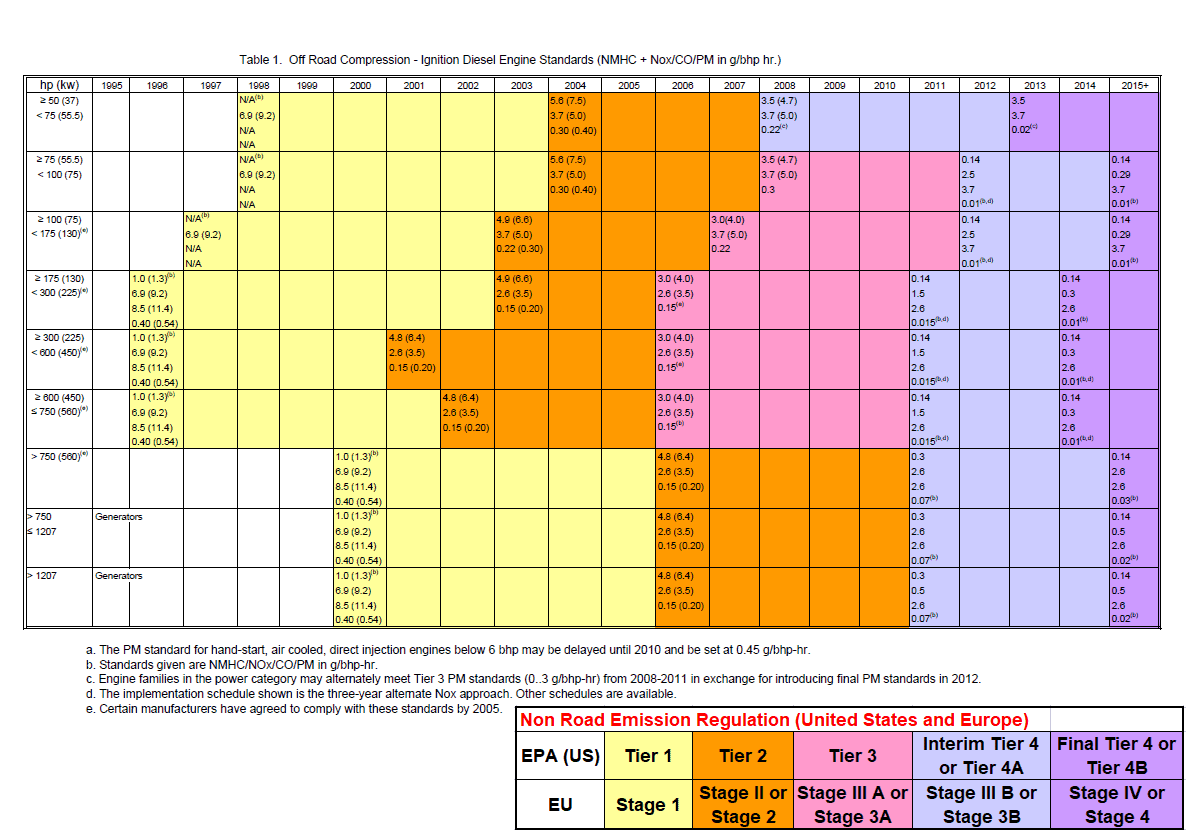
| Model | TR270, TR310, TV370 |
|---|
Only logged in customers who have purchased this product may leave a review.

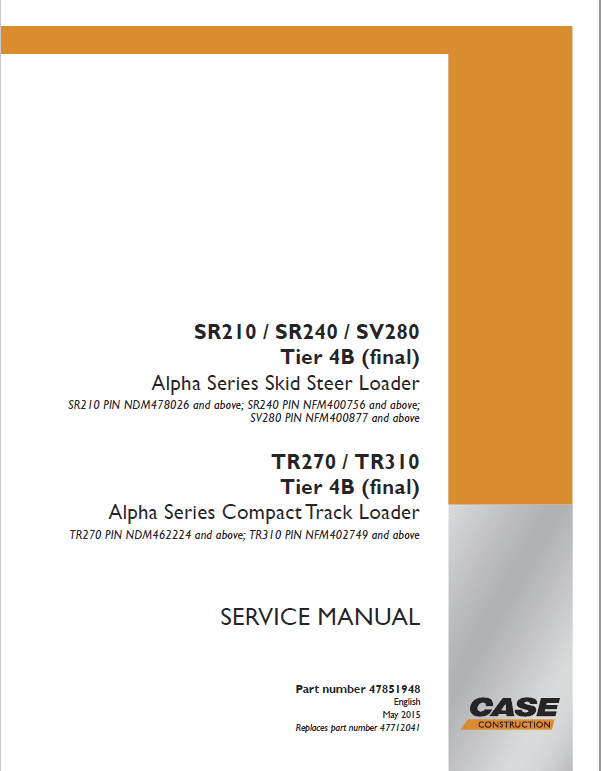
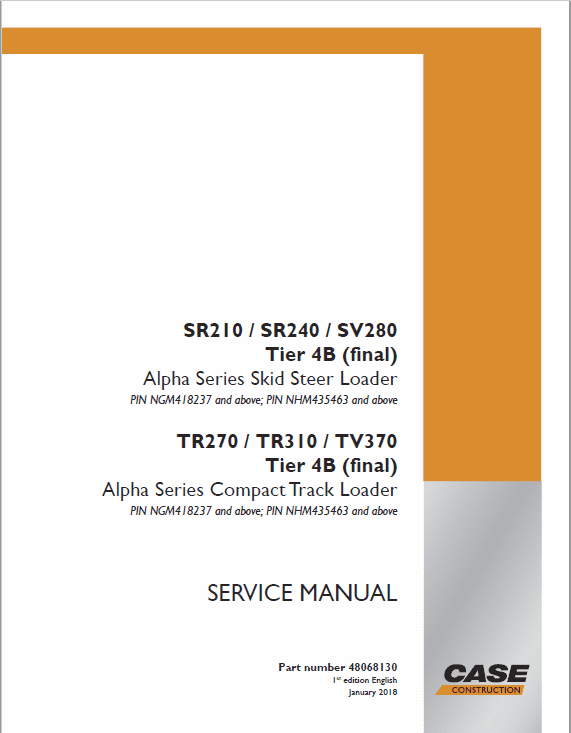
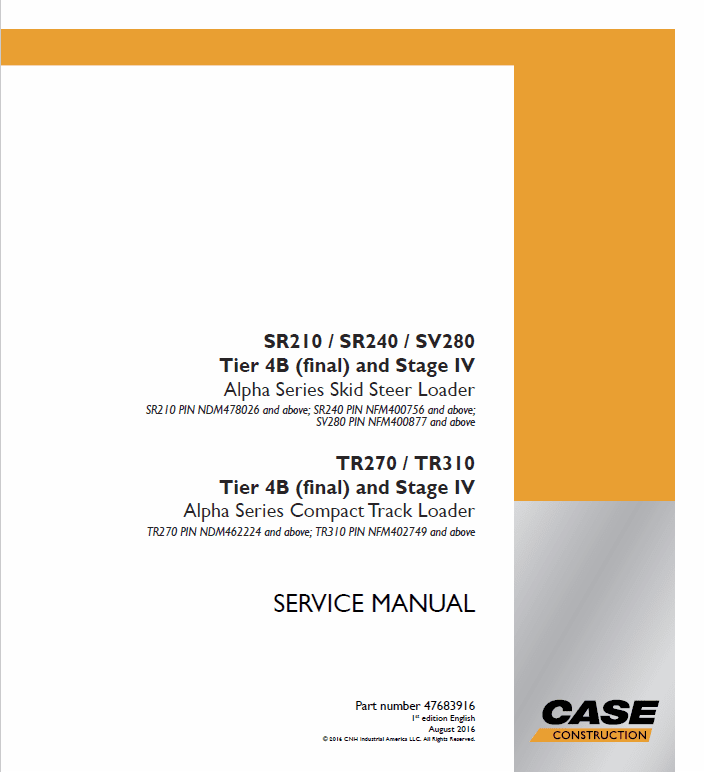


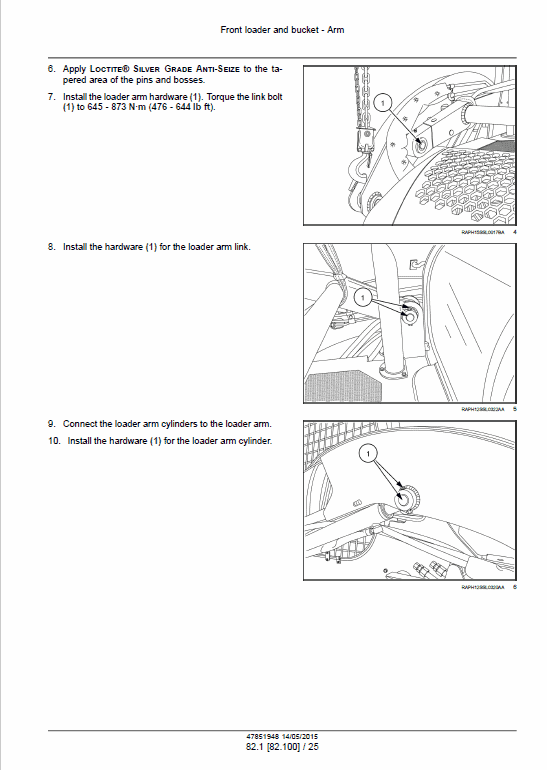
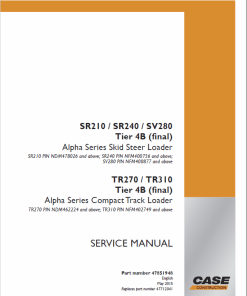
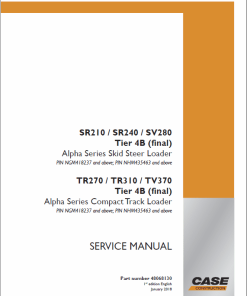

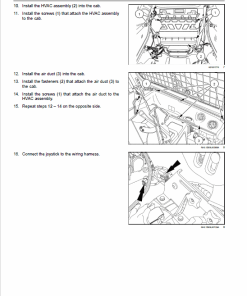

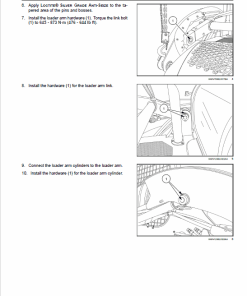

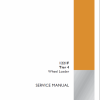
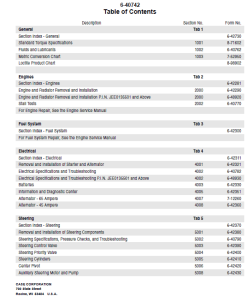
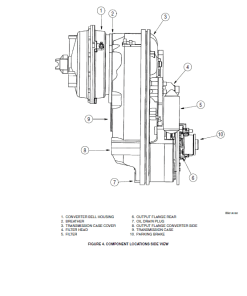
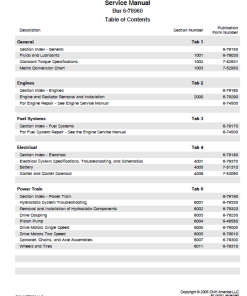
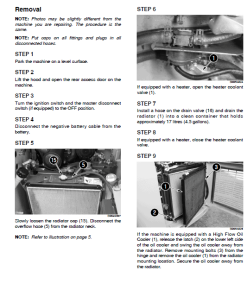
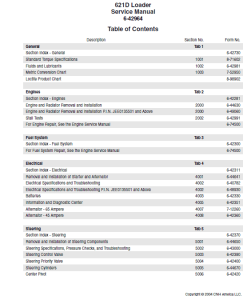
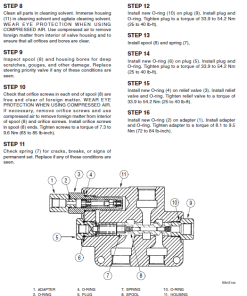
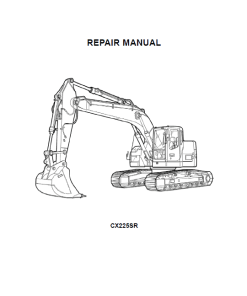
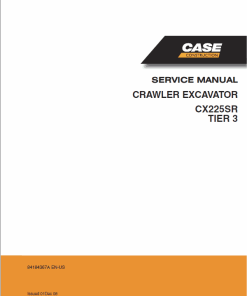
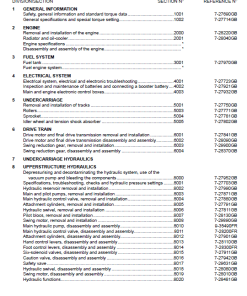
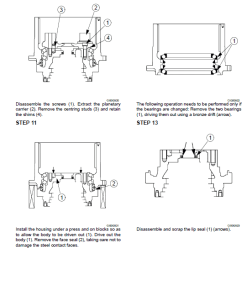
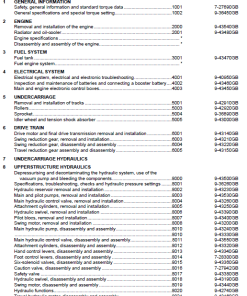
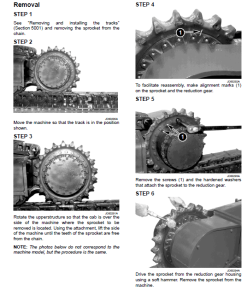
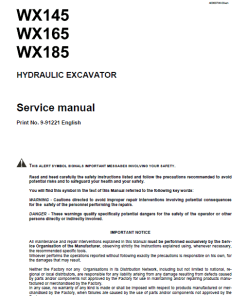
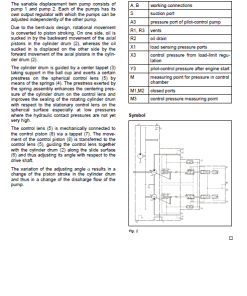
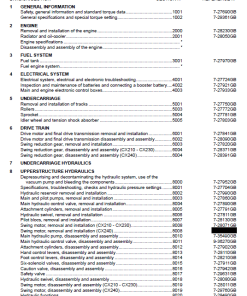
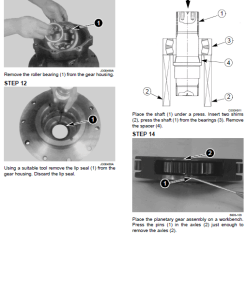
Reviews
There are no reviews yet.